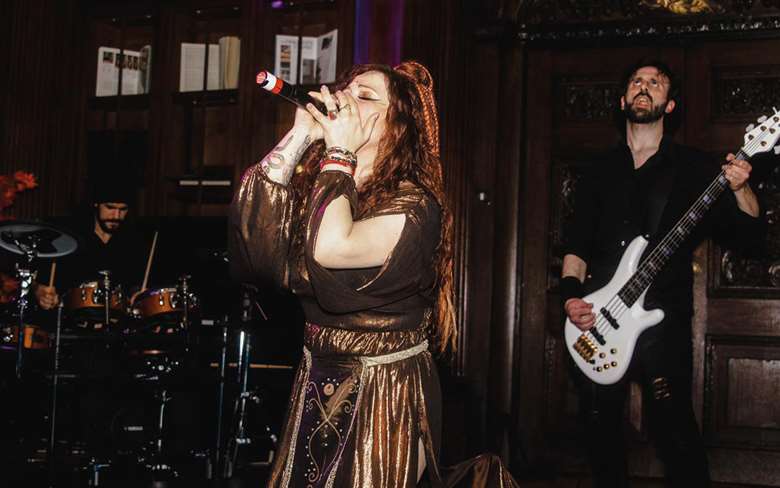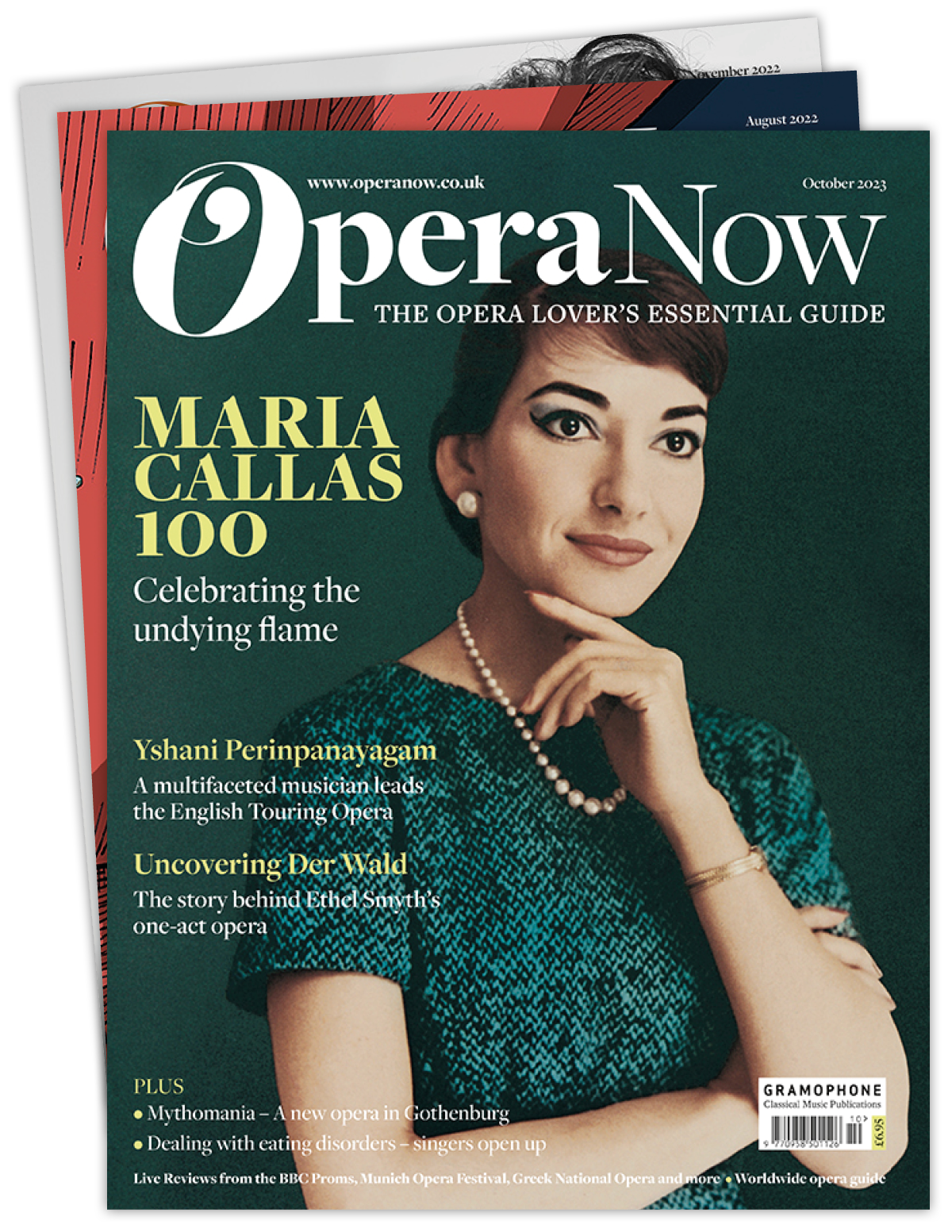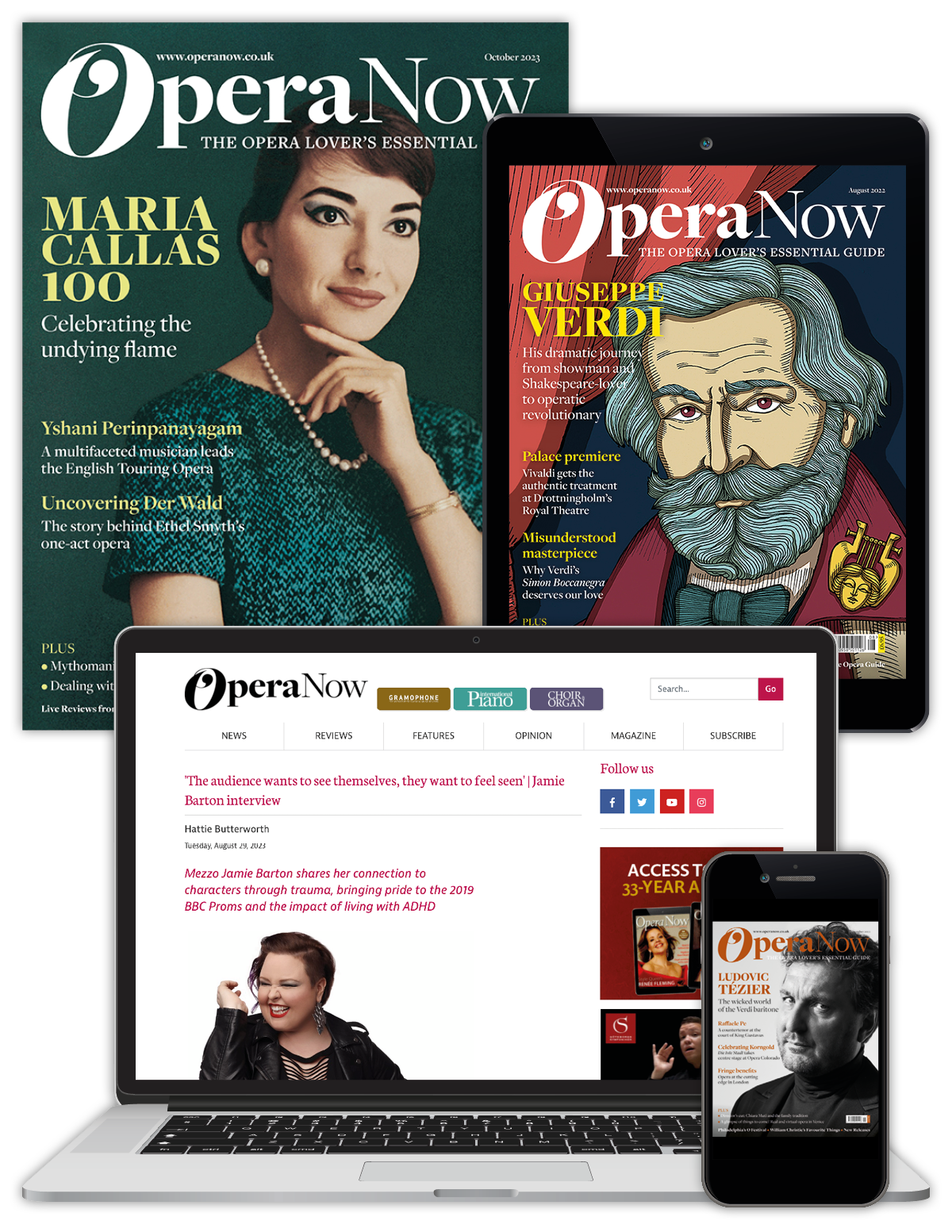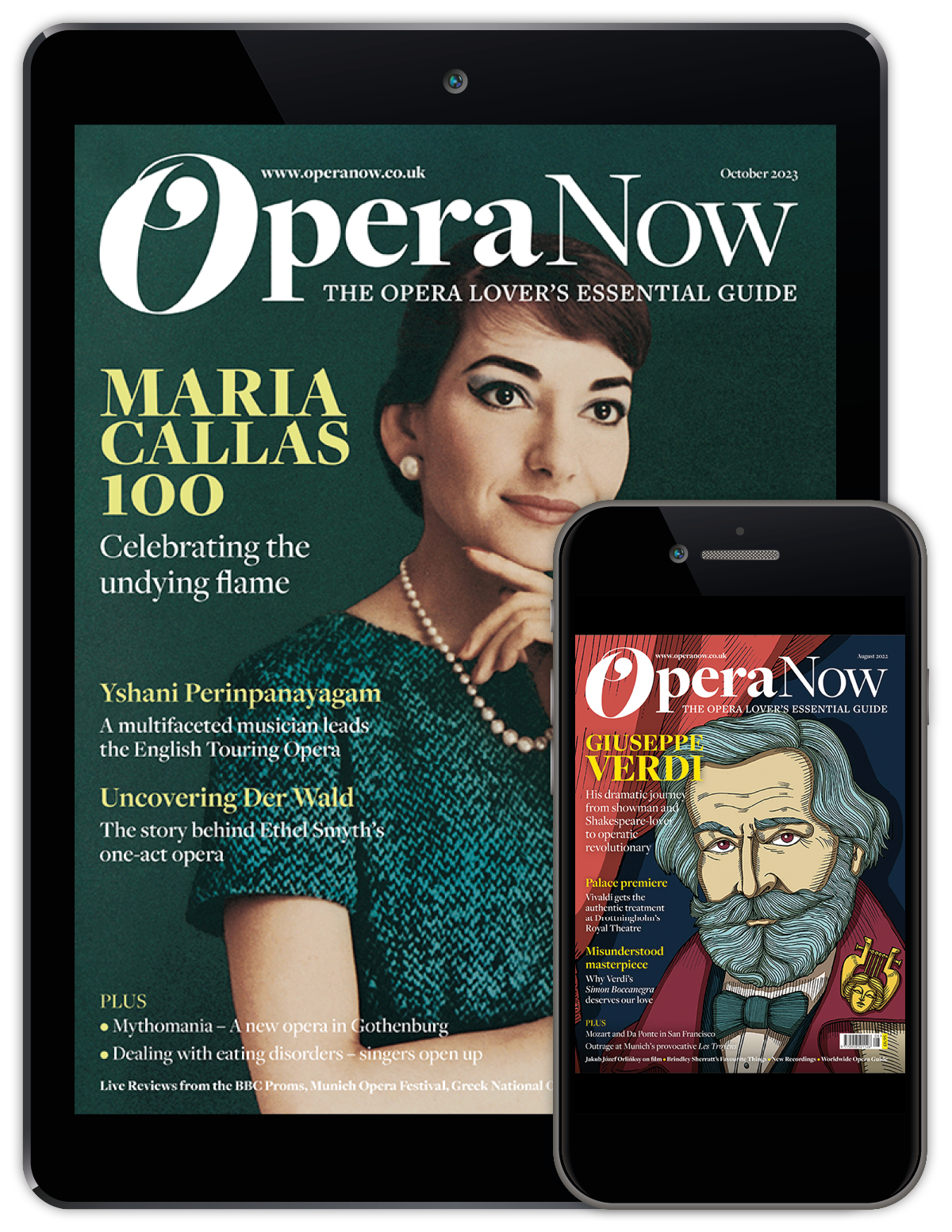When classical meets metal
Thursday, July 27, 2023
Yamaha London’s fusion event brought together rock, metal, opera and everything in between. By Lauren McQuistin. Photography by Miriam Demir/Yamaha London

Before I was listening to classical music I was listening to rock, metal and anime soundtracks. I was completely taken in by the size and scale of the drama, heavy use of distortion to the point of overwhelm, the plaintive melodies, and the absolute catharsis of someone feeling an emotion and screaming about it. Then I discovered opera, which seemed to do the exact same thing. I liked it so much I made it my career, becoming a soprano.
I wasn’t born into classical music, so I had to learn the rules, sometimes the hard way – I had to learn concert hall etiquette, the unwritten codes of which composers are mainstream, and which ones will suggest you’re a serious classical musician when you casually mention them in conversation, and how to smile and respond politely when people outside of the industry ask me what my real job is. I love belonging to this world, because I simply love classical music, passionate debates about Medtner and Arensky that only a small handful of people will appreciate, knowing I am clapping at the correct points in a concert, and I have a place of belonging in a niche industry – a small and richly dense world that is the centre of mine.
Despite this, the pathways into it weren’t always easy. It has accessibility issues tied to classism, elitism and exclusivity. Many major institutions are doing incredible work in changing this with accessible pricing, offering relaxed performances, free tickets for under-21s and a focus on contemporary works.

Chiara Malvestiti
In the effort of making classical music as accessible as it truly is, when it can carry baggage for people who have never been or wouldn’t consider themselves welcome at a symphony or an opera, something I have control over is being open-minded to projects outside of the classical music genre.
Two things can be true at the same time. I can ardently believe that the concert hall setting of the great works is completely necessary to the arts in society, there are performance traditions we must uphold in our performances, and it can be enjoyed by absolutely anyone in any walk of life. Classical style isn’t a museum that must be tiptoed around and have a protective patrol around it so it remains pure. It can be borrowed from, blended, and create something great in its own right. Yamaha Music London’s event When Classical Meets Metal with Chiara Malvestiti demonstrated the power in blending styles.
In preparing for the event I listened to Metallurgy’s podcast episode on Symphonic Metal, to get an idea of how people who loved metal talked about metal.
Immediately I was struck by the attention to detail in differences between genres and subgenres (not unlike the discussions I’ve had about telling the difference between Handel and Haydn) with their own terms, language and listening techniques. In classifying Symphonic Metal they outlined that normally the albums tell a larger story, there is greater emphasis on form, it is usually through-composed and there are grander proportions – with the typical distorted guitar building and blending with strings and brass. There is also a lot of sampling from ‘O Fortuna’ and other high drama pieces from the Western canon.

Chiara Malvestiti and Salvatore Perri
The themes usually involve high fantasy, suffering, the paranormal, and gods and goddesses. Things that wouldn’t be found out of place in a Handel opera or the French court. One of the most key features is the beauty, and edges, of the female voice, the juxtaposition of its sweetness against distortion, and how it can go from ethereal to powerful within moments.
This was certainly true of Chiara Malvestiti, who immediately had a powerful presence on stage – wearing a sorceress’ outfit and a horned headdress she commanded attention and prepared us for an exceptional amount of drama. She shifted between moods and tones effortlessly. Her voice moved between the musical worlds of using a classically trained soprano voice above heavy distortion and percussion as well as a variety of mythological worlds such as Nordic mythology in Asgard, and Egyptian mythology in Son of the Sun. She would sing about sirens, Gaia and moonlit nights – clearly enjoying the mystery and intrigue of these themes, and wholly exploring all of the esoterica and intrigue. She really came alive when singing in her native Italian in a cover of Diablo Swing Orchestra’s D’Angelo. It was a synergy of culture and history, that a metal band fronted by an Italian singer, trained operatically in the country of where classical vocal pedagogy comes from, was covering an Italian song written by a metal band from Sweden.
The diverse crowd were equally enthusiastic for Chopin as they were for symphonic metal
Italian singer Sirio performed a set with guitarist Iacopo D’Alessandro - using his classical training to deliver a sensitive performance with clean vocals and stage presence, communicating with the audience and his guitarist like it was a lieder duet. His onstage chemistry with Chiara was palpable, and it was really clear these two performers really enjoy collaborating, with both of them enjoying the drama of their duets, and giving extremely generous performances.
Chopin’s Ballade No 1 Op 23 in G minor was played exceptionally well by Jack Elgin. The other supporting act was The Glare, a female two-piece electronic, hip-hop outfit who had powerful vocals, great onstage connection, and relatable anger in their lyrics. It would seem like an odd transition to move from a Chopin Ballade to a pop song about the agony of dating in the 21st century, but thematically the leaps made as much sense as a Liederabend, and musically it was not unlike my Spotify when I put my most liked songs on shuffle. Two things, completely themselves, presented in their full form next to each other.
The power of musical styles combining and aligning was reflected in the extremely diverse crowd, equally enthusiastic for Chopin as they were for symphonic metal, as they were for all-girl electronic ensembles.
It reminded me of how it feels to love something without judging ourselves, wondering what it says about us or our industry. It was a very different night than I’m used to, and honestly I enjoyed it more than some operas I’ve been to.
This article originally appeared in the July 2023 issue of Opera Now. Never miss an issue – subscribe today






